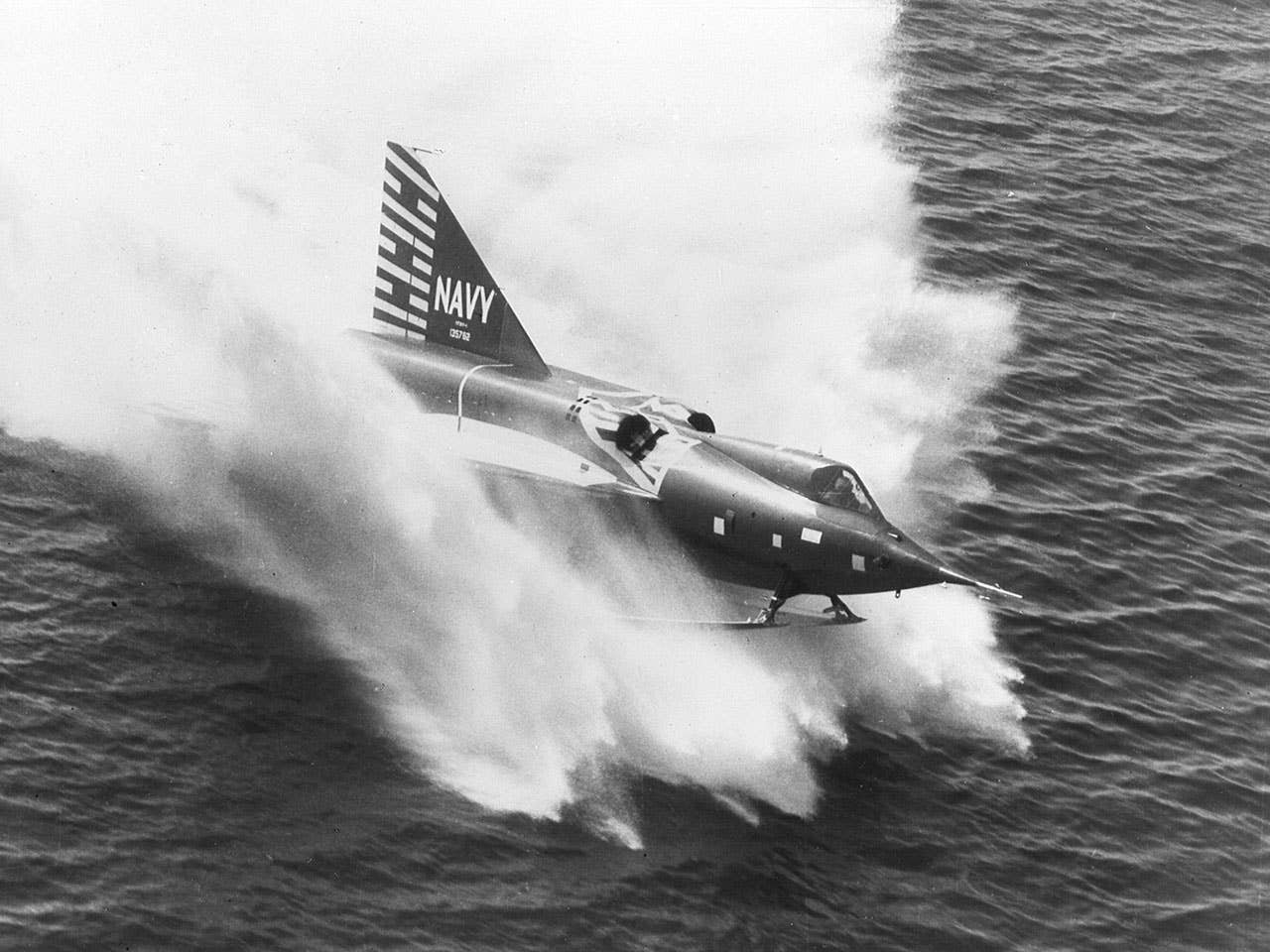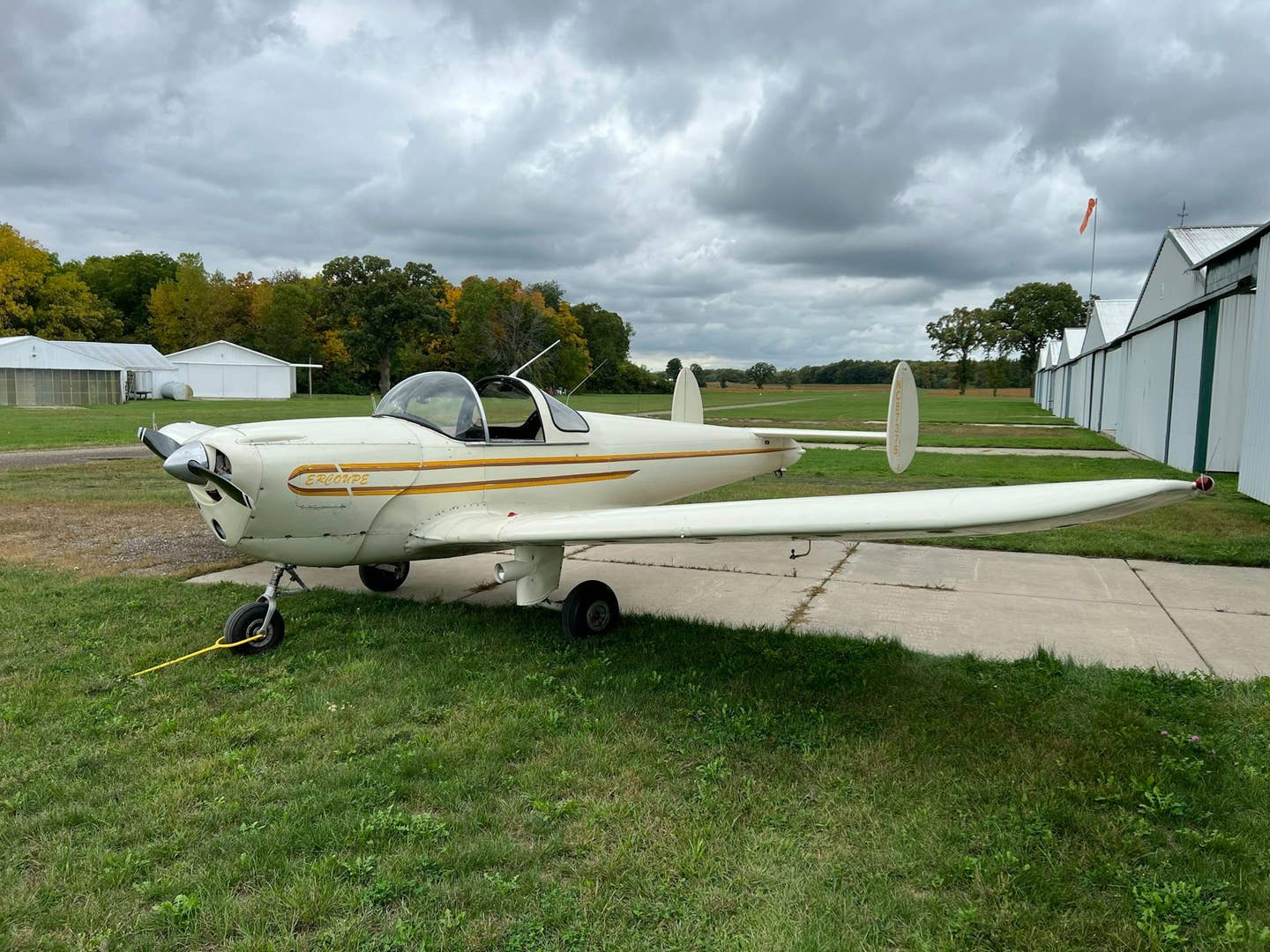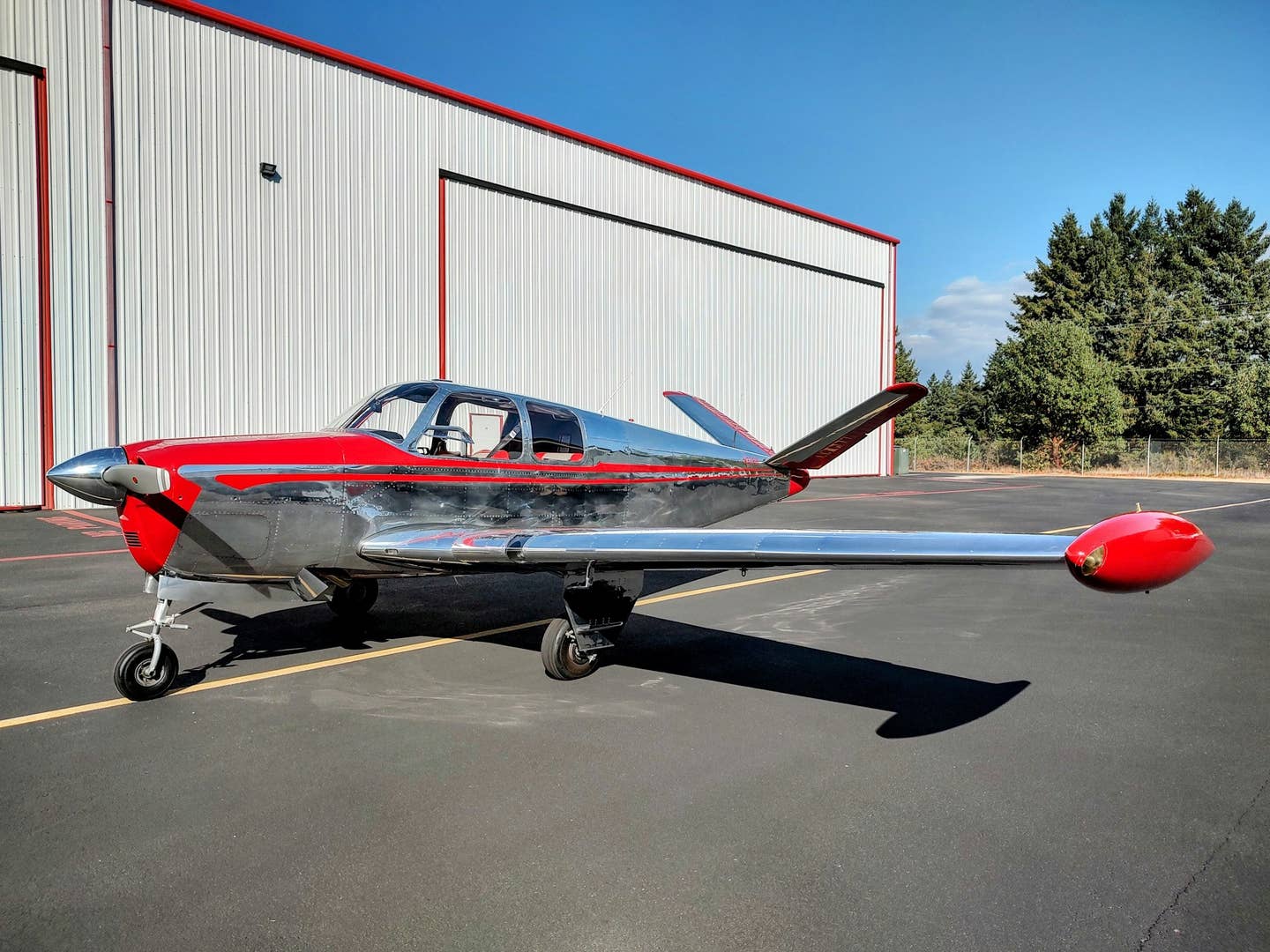
The Convair F2Y Sea Dart
In 1948, the U.S. Navy created a contest for engineering companies to develop a supersonic interceptor seaplane, and it did this for a good reason, too. Aircraft carriers at that time could not accommodate the long takeoff and landing distances required by land-based supersonic jets, so the Navy figured it'd try using the ocean as the runway. The most prolific entry evaluated by the Navy, the F2Y Sea Dart, came from the Convair division of General Dynamics based at Lindbergh Field in San Diego, California.
Convair's proposal resulted in an order from the Navy of two prototypes in late 1951. The long-term plan was to arm the production aircraft with four 20mm Colt Mk12 cannons and a battery of folding-fin unguided rockets, but none of these were installed on the prototypes.
The program was promising enough that a total of five Sea Darts were built at the Convair facility. Initial testing was conducted in San Diego Bay, followed by open-water testing off the coast. The two afterburning Westinghouse J34-WE-32 engines (rated at 3,400 lbf) initially installed on the Sea Dart proved to be underpowered, so they were replaced with the J46-WE-12B rated at 4,600 pounds of thrust. The engines were mounted on the upper fuselage to mitigate sea spray exposure. But seawater ingestion proved unavoidable during flight test (especially at slow taxi speeds with high crosswinds), so a freshwater injection system was added to remove salt deposits from the engine's compressor section.
While the aircraft's own watertight hull kept the plane afloat at sea, it required help achieving a positive angle of attack for takeoff. Convair installed retractable hydroskis that extended on oleo struts designed to not only lift the aircraft out of the water for proper takeoff angle but also dampen harsh sea conditions upon landing. Wheels were mounted on the aft end of the skis, with a swiveling tailwheel on the tail allowing the aircraft to taxi unaided out of the water and onto land. Taxiing the aircraft in the water was aided by a small rudder mounted on the bottom-aft of the fuselage.
Takeoff roll from afterburner light-off to liftoff averaged 28 seconds and around 2,300 feet, depending on sea conditions, remarkably short for a supersonic aircraft. During open-water testing, the Sea Dart proved capable of handling up to 12-foot swells during takeoff and landing.
While the aircraft proved itself to be a sturdy ocean craft, the test pilots themselves took a beating throughout the rigorous evaluation. The Sea Dart fell short, unfortunately, in its primary role as a supersonic interceptor. It only achieved supersonic flight once, in a shallow dive in August 1954, at 34,000 feet, with test pilot Charles Richbourg at the controls.
Richbourg became the first (and remains the only) man to break the sound barrier in a seaplane. Tragically, he perished during an inflight breakup while demonstrating the aircraft for Navy officials over San Diego Bay after a high-speed pilot-induced oscillation. The program was canceled shortly after the accident. By then, the Navy was developing and installing carrier launch and recovery systems and lost interest in the supersonic seaplane concept.
Testing on the Sea Dart continued through 1957 before Convair placed the remaining four into storage and then donated them to air museums throughout the country.

Subscribe to Our Newsletter
Get the latest Plane & Pilot Magazine stories delivered directly to your inbox






